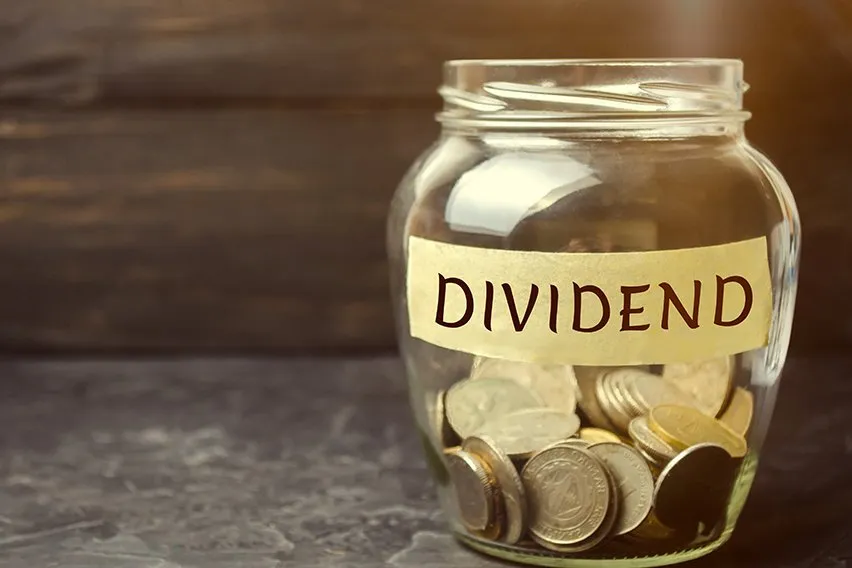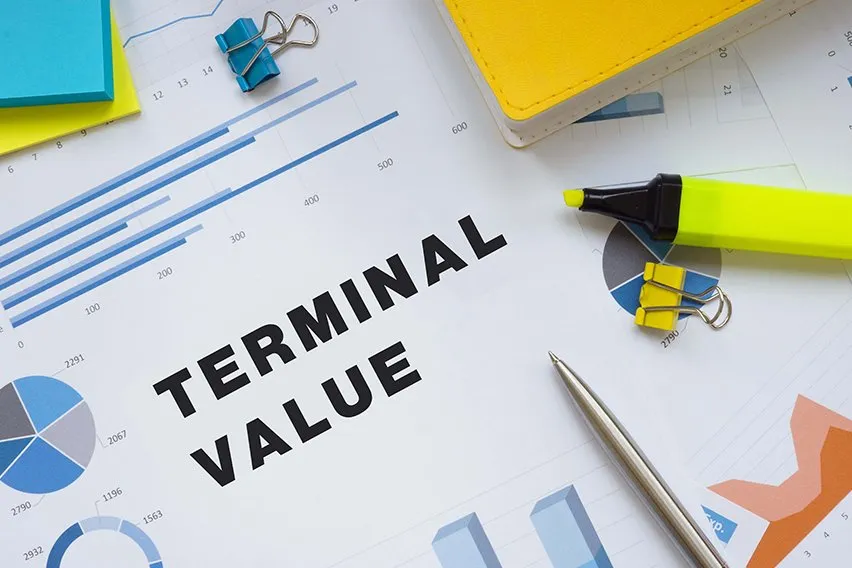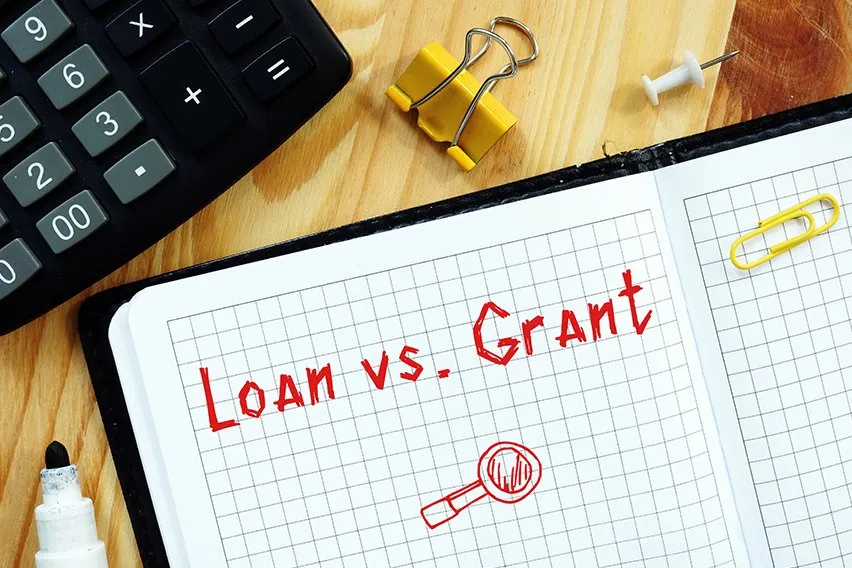Dividend Policy: Definition, Types & Examples

Strategizing about investment in your company? It’s good practice to define your dividend policy. Here’s what you need to know
A dividend policy is a key part of business strategizing. If you want to seek investment in your company, you’ll have to have this figured out before pitching investors.
Likewise, if you are looking to invest in a company, knowing their dividend policy will help you make a solid investment choice for your level of risk.
Here’s What We’ll Cover:
Why Is a Dividend Policy Important?
What Is a Dividend Policy?
A dividend is a share of company profits usually given to shareholders and directors for their investment in the company.
A dividend policy is an internal regulation a company sets. It’s a guideline of how the company chooses to compensate shareholders with dividends. The directors of the company will decide the best policy for payments to shareholders depending on their projected growth and the type of investors they want to attract.

Why Is a Dividend Policy Important?
- It helps the directors budget for their dividend payments. E.g If the company has a fixed policy, it will always need to find a set amount of money to pay investors. Therefore it’s easier on the balance sheet and cash flow.
- It helps investors understand how they’ll be compensated before they decide to invest.
- A good dividend policy is enticing to investors. It shows that the company is financially stable and can provide solid income.
Types of Dividend Policies
Regular/Fixed Dividend Policy
This is an investor’s dream. It essentially means that regardless of whether the company makes money or not, they’ll pay out dividends. It’s a fixed dividend payout amount that doesn’t change whether the company experiences losses or profits.
This can be a little precarious for a company. If it makes a loss, the directors still need to find a way to pay investors. However, a regular dividend policy is attractive to risk-averse investors who want a steady cash flow.
Example:
Company A has a great year and makes more profits than predicted. It is their discretion whether they decide to distribute these extra profits to the shareholders. They are only bound by their fixed dividend policy to pay a certain amount.
Say the following year, Company A makes a loss. They still need to pay their shareholders the regular annual dividend they’ve agreed to pay.
Stable Dividend Policy
Stable dividend policies are a meeting in the middle between investors and companies. Instead of having a fixed amount of dividends to pay, the company agrees to pay a fixed percentage on the profits.
This is riskier for investors but a little easier to manage for companies. No matter the fluctuation, the company must pay out a fixed percentage.
Example:
Company B has a stable dividend policy. It agrees to pay out 6% in dividends regardless of the profits to shareholders. In Year 1, it makes £1 million in profits. So shareholders get a portion of £60,000.
In Year 2, Company B underperforms. It makes £100,000 in profits. So shareholders get a portion of £6000. The payout ratio depends on the dividend per share agreement the investor has. Therefore dividend income is wildly volatile.

Irregular Dividend Policy
Irregular dividend policies have no fixed or stable agreements for dividends. The board of directors is under no obligation to share any excess profits with the shareholders. The number of profits they decide to share can also change year to year.
This is the riskiest dividend policy for investors to buy into. However, companies may need this flexibility so that they can reinvest profits into the business whenever they need to. In the long run, that may be the best decision for the health of the business. Particularly in the beginning when profits aren’t guaranteed.
No Dividend Policy
The company doesn’t pay out any dividends to shareholders at all. It’s at their discretion if payment of dividends changes in the future.
No dividend policy would seemingly be the worst decision for investors. But on the contrary, it’s sometimes more favourable than irregular dividend policies. This is because the investor knows exactly where they stand.
For more investment guides like this one, check out our resource hub!
RELATED ARTICLES

 Relative Strength Index (RSI): Definition & Calculation Guide
Relative Strength Index (RSI): Definition & Calculation Guide What Is a Delivery Note? Everything You Need to Know
What Is a Delivery Note? Everything You Need to Know What Is Terminal Value & How to Calculate It in DCF
What Is Terminal Value & How to Calculate It in DCF Grant Vs Loan: What’s the Difference?
Grant Vs Loan: What’s the Difference? What are Ordinary Shares?
What are Ordinary Shares? What Is an IBAN Number & BIC (SWIFT Code)?
What Is an IBAN Number & BIC (SWIFT Code)?